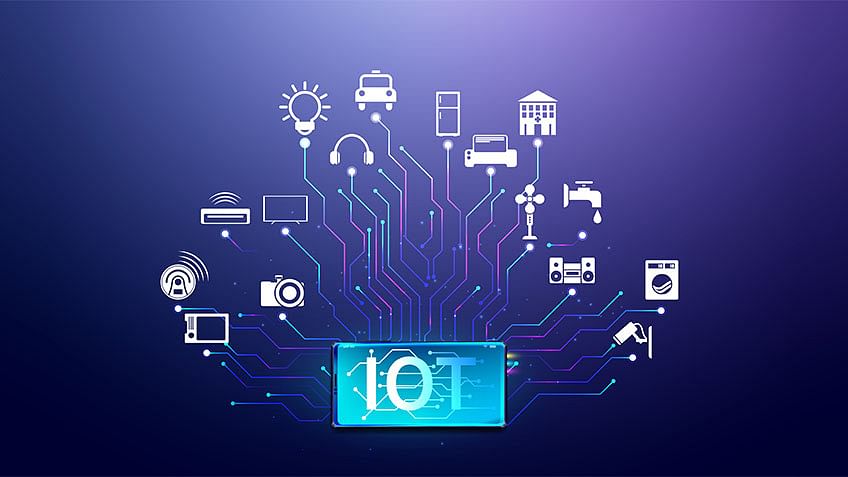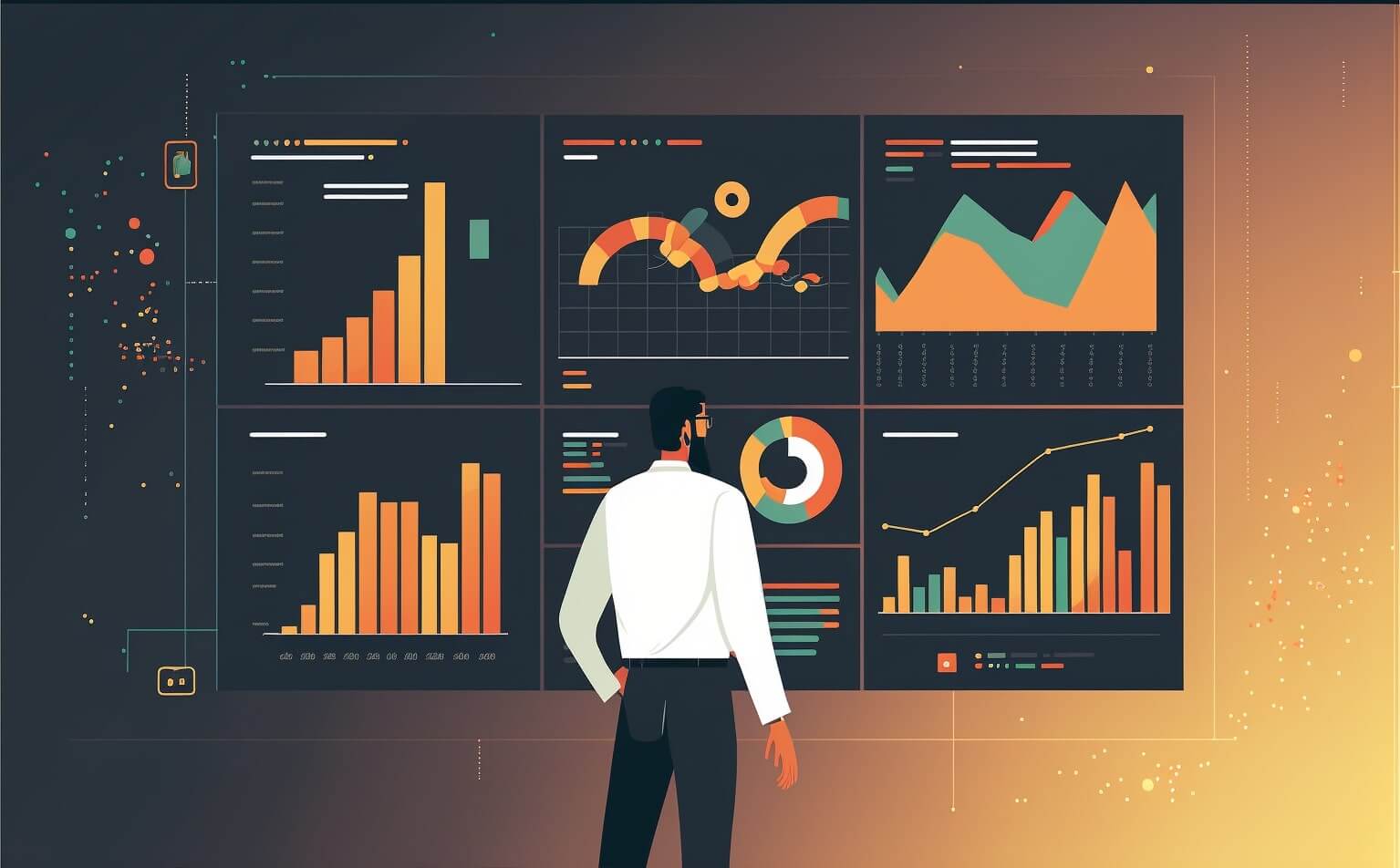- 5+ Innovative Uses of Food Delivery Software for 2026
- Conclusion
- Frequently Asked Questions (FAQs)
Table of Contents
Innovative Uses of Food Delivery Software for 2026

With the rise of new technologies, we have seen improvement in every sector, and the food business is no exception. Remember earlier when we had to call the restaurant to place our orders, wait for them to prepare our food, and be informed so we could pick our order up? Such tedious work, right?
Thanks to the development of food delivery software, everything related to food can now be done using those e-commerce food delivery solutions.
Utilizing these apps allows you to easily keep your last-mile delivery solutions ahead of your competitors by integrating the latest ML algorithms and other features to help you with prompt and faster delivery.
Do you want to know how you can leverage the latest technologies in your food delivery app development and meet the demands of your hungry customers?
Well, then stay with us and read through this article for a deeper insight into the various innovative ways you can utilize food delivery software in 2026 and beyond to earn more profit and satisfy customers.
5+ Innovative Uses of Food Delivery Software for 2026
Here is our take on providing you with 5+ innovative uses of food delivery software and e-commerce food delivery solutions that will help your last-mile delivery solutions gain an advantage over your competitors.
Streamlining Delivery Operations

Online food delivery software businesses live on their ability to provide prompt and efficient delivery systems. If this does not happen properly, then the business will not survive in the long run. Two key technological advancements that aid in achieving streamlined operations are sophisticated routing algorithms and real-time tracking systems.
Sophisticated Routing Algorithms
Sophisticated routing algorithms use advanced mathematical calculations to optimize the delivery routes. Firstly, these algorithms consider factors such as order locations, traffic conditions, delivery time windows, and vehicle capacity.
Secondly, they analyze the insights gained by these factors and generate the most efficient routes, minimizing the distance traveled and maximizing the number of deliveries that can be made in a given time frame.
Real-time Tracking Systems
Integrating real-time tracking systems plays a crucial role in efficient delivery management. Real-time tracking systems provide visibility and transparency to delivery drivers and customers.
Delivery drivers can receive real-time updates on their assigned routes to make informed decisions and adapt to any unexpected changes or delays. On the other hand, customers can track their orders' status and receive accurate estimated arrival times.
Integrating both systems into your food delivery software reduces delivery time and lets customers track their orders. This enhances customer satisfaction and results in cost savings by minimizing fuel consumption and vehicle wear and tear.
Enhancing Customer Experience
When you’re in an online business, your primary target is to enhance the customer experience so they keep returning to your e-commerce store. Two innovative ways you can build loyalty and differentiate your business from competitors are by using AI-powered menu recommendations and implementing chatbots for seamless customer support.
AI-Powered Menu Recommendations

Implementing AI-powered menu recommendations in your food delivery software can enhance your customers' shopping experience.
This feature utilizes machine learning algorithms to analyze customer preferences, order history, and other relevant data to provide personalized recommendations like dishes, add-ons, discounts, and many more. This personalization enhances the ordering experience, increases customer satisfaction, and encourages repeat orders.
Suggested Reading : Hungry House App Clone: Achieve Online Food Delivery Success
Implementation of Chatbots
Implementation of AI chatbots in your food delivery software on the other hand is a great way to deal with any minor grievances your customers might have with their order processing or after delivery.
These chatbots are employed in place of a human support system and they are good at doing repetitive tasks such as registering customers’ information and their queries. And after processing, they send these queries for further inspection and resolution in no time to the expert teams.
By leveraging AI-powered menu recommendations and chatbots, you can easily streamline the ordering process in your food delivery software and also create a sense of personalization and responsiveness, resulting in increased customer satisfaction and loyalty.
AppsRhino offers the best Tech-driven solutions for Alcohol delivery, Grocery Delivery, Food Delivery, and On-demand Cannabis Delivery:
Ensuring Food Safety
Ensuring food safety is a critical aspect of the food delivery industry, and by leveraging advanced technologies such as blockchain and IoT devices, you can significantly enhance transparency and control in your food delivery software throughout the supply chain and delivery process.
Blockchain Technology
Using blockchain, each step in the supply chain, from sourcing ingredients to final delivery, can be documented in a tamper-proof and immutable ledger. This helps trace the origin of the food products, verify their authenticity, and ensure compliance with quality standards and regulations.
IoT Devices

IoT devices are used in more than just the healthcare and tech sectors. By implementing IoT devices in your food delivery software, you can track the food products using the supply chain, which can help you locate them in real-time, check their temperature, etc. IoT devices in e-commerce food delivery solutions also help minimize food waste in a better way.
By leveraging blockchain technology and integrating IoT devices for real-time monitoring, food delivery businesses can significantly enhance food safety practices, reduce contamination risks, and ensure the delivery of safe and high-quality food products to their customers.
Harnessing Data for Growth
Harnessing data through data analytics and predictive analytics offers several benefits for food delivery businesses in understanding customer preferences, predicting trends, managing inventory effectively, and forecasting demand accurately.
Data Analytics

Data analytics are utilized in every sector these days because they can generate powerful insights about buying behaviors. By leveraging data analytics into your food delivery software, you can analyze customer orders, feedback, and reviews to identify popular and unpopular dishes and services.
This way, you can tailor the menus, promotions, and marketing efforts to meet customer preferences, resulting in increased customer satisfaction and loyalty.
Predictive analytics
Predictive analytics takes data analysis a step further by using historical data to predict future outcomes.
For food delivery software businesses, predictive analytics can be used for inventory management and demand forecasting. You can predict demand patterns and adjust inventory levels by analyzing order history, seasonality, and other relevant data. Ensuring you have the right amount of ingredients and resources to fulfill orders without incurring excess costs or shortages.
Embracing Sustainability
Sustainability is nothing new, but yes, due to the rising concern of global warming and environmental exploitation, embracing sustainability in every sector has become crucial.
This goes for food delivery solutions, too. Two key areas where businesses can focus on sustainability are adopting eco-friendly packaging solutions and collaborating with electric vehicle services for greener and more efficient deliveries.
Suggested Reading : 6 Best Food Delivery Service Apps that you must try in 2022
Eco-friendly Packaging Solutions
You can introduce and prioritize various eco-friendly solutions in your e-commerce food delivery solutions like the use of eco-friendly packaging materials that are biodegradable, compostable, or recyclable.
You can significantly reduce your carbon footprint by transitioning from traditional plastic containers to sustainable alternatives, such as plant-based or paper-based packaging. Moreover, clear labeling on the packaging can educate customers about proper disposal methods, encouraging them to participate in sustainability efforts.
Collaboration with Electric Vehicle Services
Collaborating with electric vehicle (EV) services for last-mile delivery solutions effectively reduces greenhouse gas emissions and enhances the delivery process's overall sustainability.
By partnering with EV services or investing in a fleet of electric vehicles, your food delivery software business can contribute to local air quality improvements and reduce its carbon footprint. Additionally, some companies already offer EV charging infrastructure, making it convenient for businesses to adopt and operate electric vehicles.
By incorporating sustainable solutions you can create a unique selling point and positive brand image for your business that customers will value more in the long run.
Conclusion
To conclude, due to the rising online shopping the food delivery industry is also growing rapidly and it’s not only limited to the typical order pickup and drop.
In order to run a successful e-commerce solution you need to take into consideration various factors such as demand and need of the customers, what items are famous, and how congested those delivery routes are so that you can prepare for a better last-mile delivery solution.
You can easily achieve success by utilizing advanced technologies such as data analytics, embracing food safety and sustainability to enhance customer satisfaction and thrive in the competitive food delivery app development landscape.
Use the above-discussed features in your food delivery software, such as a real-time tracking system, advanced routing system, AI-powered menu and chatbot implementation, and eco-friendly sustainable solutions, and open the door to success for your food delivery software in 2026.
Frequently Asked Questions (FAQs)
1. What is food delivery app development software and how does it work?
Food delivery software refers to the technology and platforms used by food delivery businesses to manage their operations, including order management, menu customization, delivery tracking, and customer management. This software includes features like GPS tracking, payment processing, and integration with third-party delivery partners.
Food delivery app development enables businesses to streamline the entire food delivery process, from receiving orders to dispatching them to drivers and ensuring timely deliveries to customers.
2. What are the innovative uses of E-commerce food delivery solutions for 2026?
Some of these uses include predictive analytics for demand forecasting, personalized recommendations based on customer preferences, integration with smart appliances for seamless order processing, integration with social media platforms for easy promotions, real-time delivery tracking using drones or autonomous vehicles, and integration with virtual assistants for voice-based ordering.
3. How does predictive analytics help in food delivery software?
Predictive analytics in food delivery software leverages historical data and machine learning algorithms to forecast future demand accurately. This helps businesses in managing inventory effectively, optimizing supply chain operations, and anticipating peak hours or periods of high demand in their last-mile delivery solutions.
By analyzing past ordering patterns, seasonality, and other relevant factors, predictive analytics enables businesses to make data-driven decisions, reduce costs, and improve overall customer satisfaction.
4. How does food delivery software integrate with smart appliances?
Integration between food delivery software and smart appliances allows for seamless order processing and improves operational efficiency. For example, food delivery software can integrate with smart ovens or cooking devices to receive real-time updates on the status of food preparation.
This ensures that the delivery is initiated only when the food is ready, reducing waiting times for customers and optimizing the delivery process.
5. How does integration between food delivery software and social media platforms work?
Integration between food delivery app development software and social media platforms enables businesses to promote their offerings and engage with customers more effectively.
It allows for easy sharing of menu updates, promotions, and discounts on social media channels, reaching a wider audience and increasing brand visibility. Additionally, customers can place orders directly through social media platforms, simplifying the ordering process and enhancing convenience.
Table of Contents
- 5+ Innovative Uses of Food Delivery Software for 2026
- Conclusion
- Frequently Asked Questions (FAQs)





